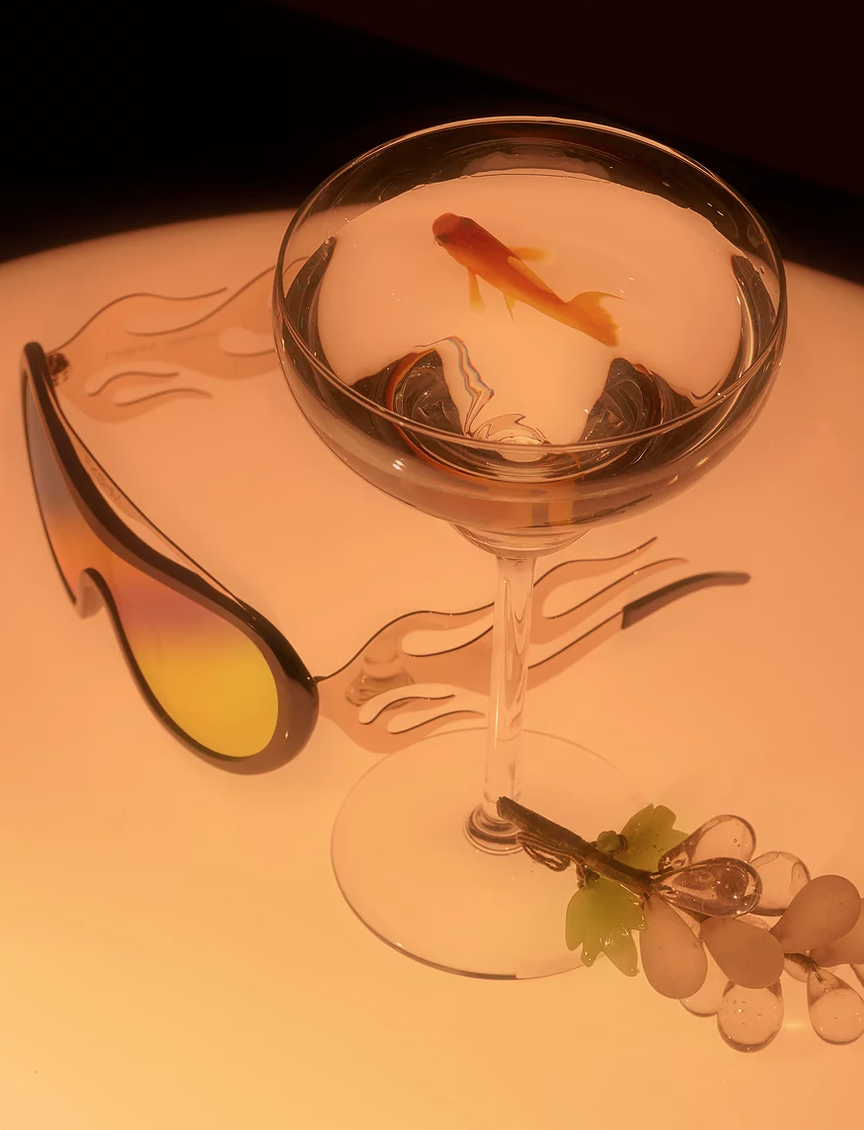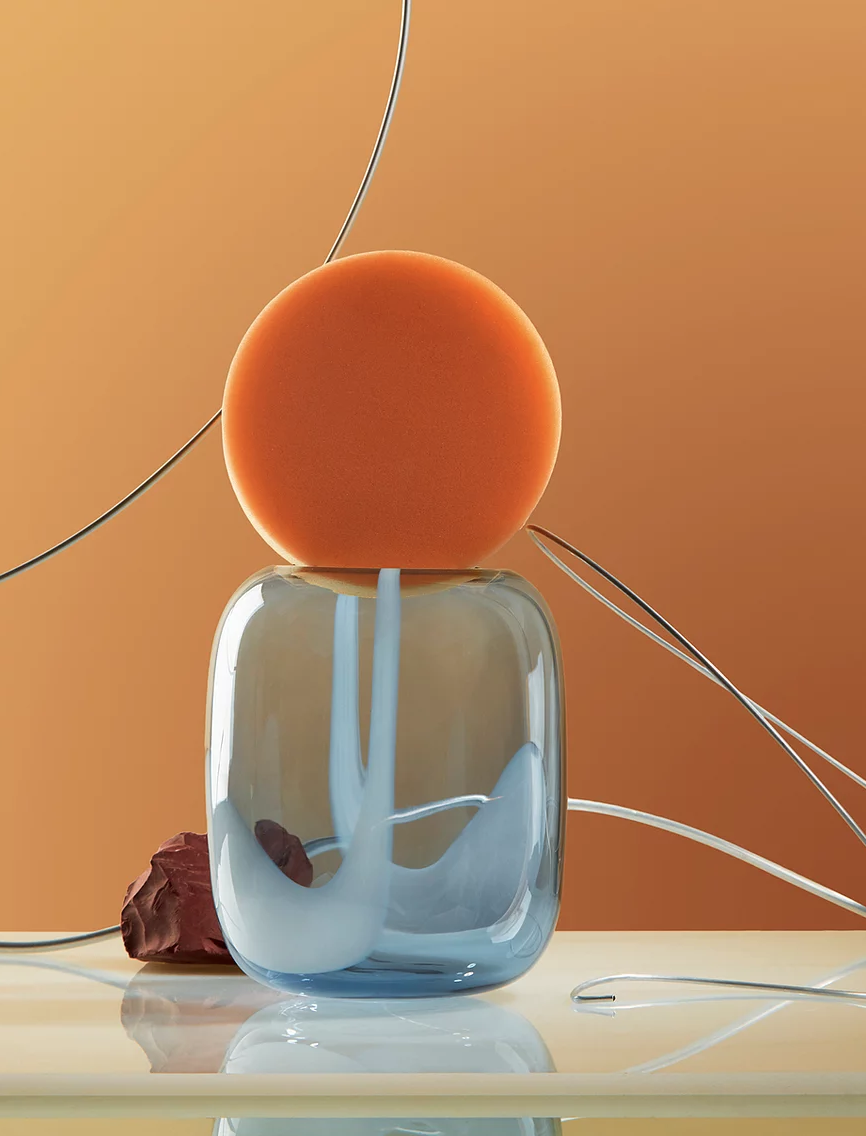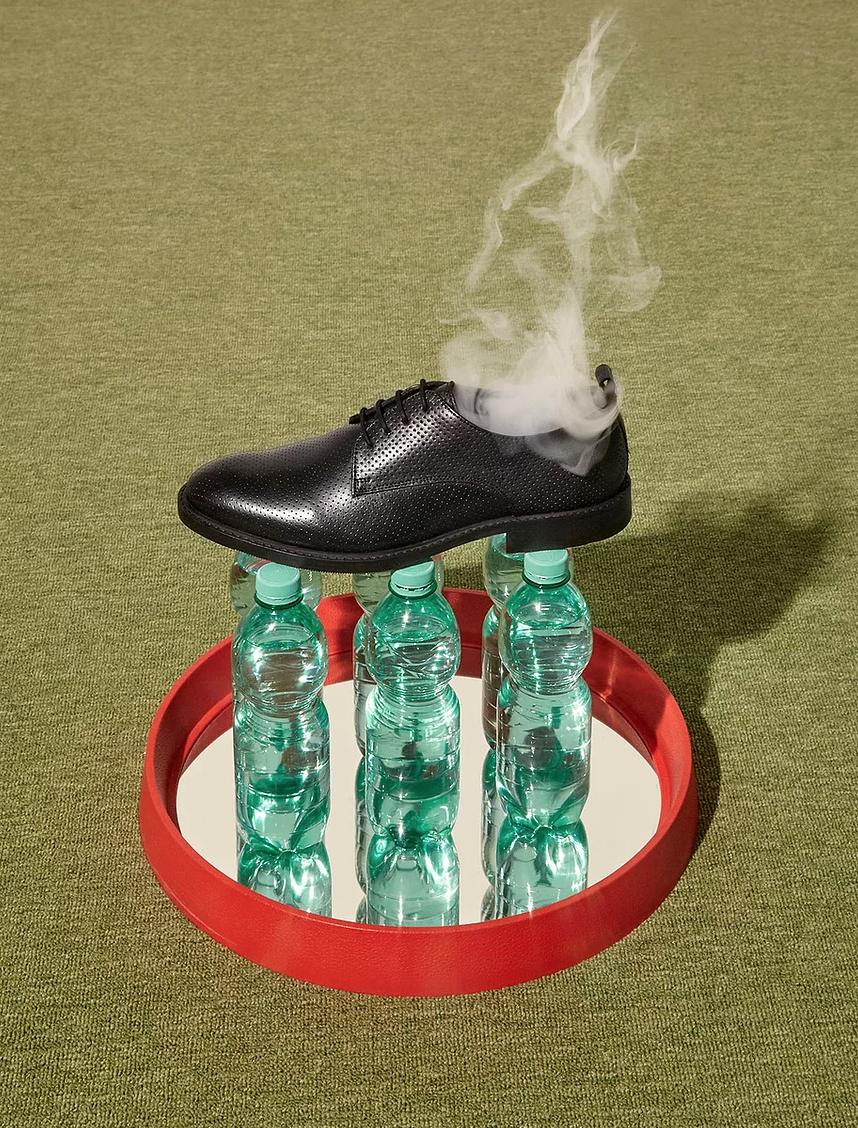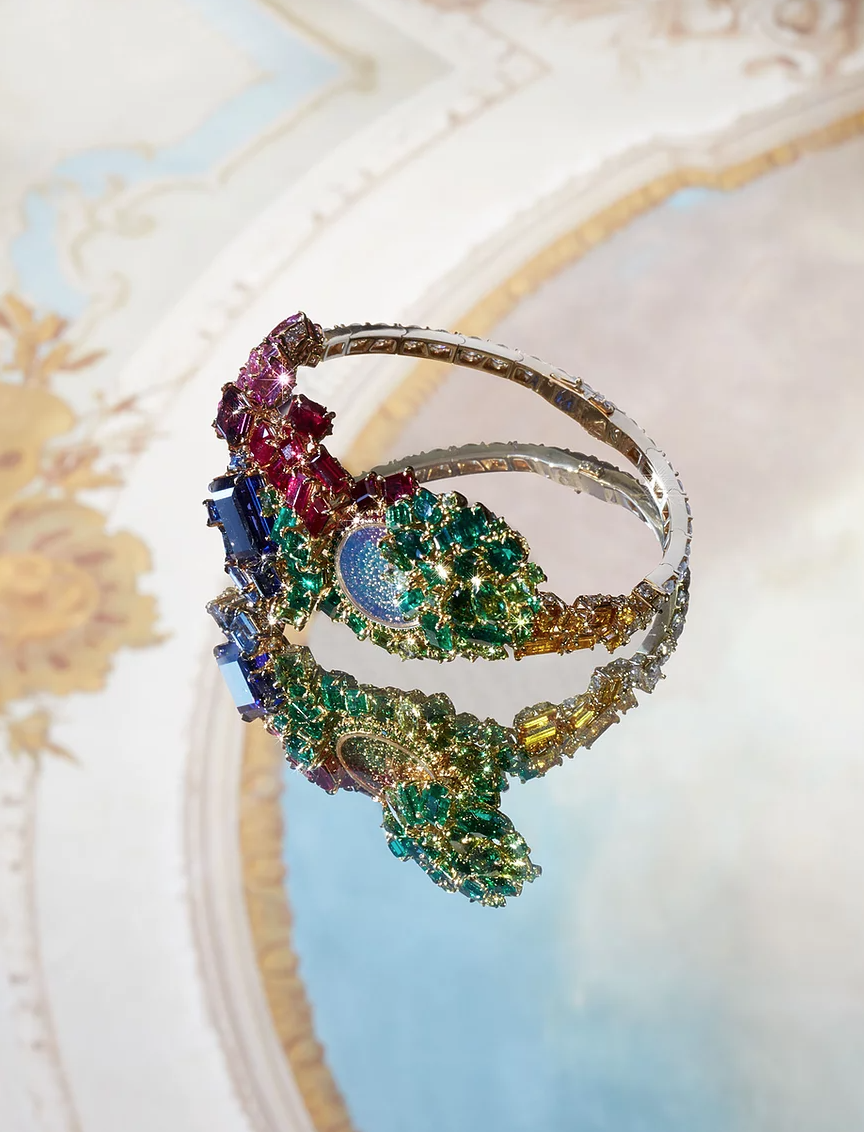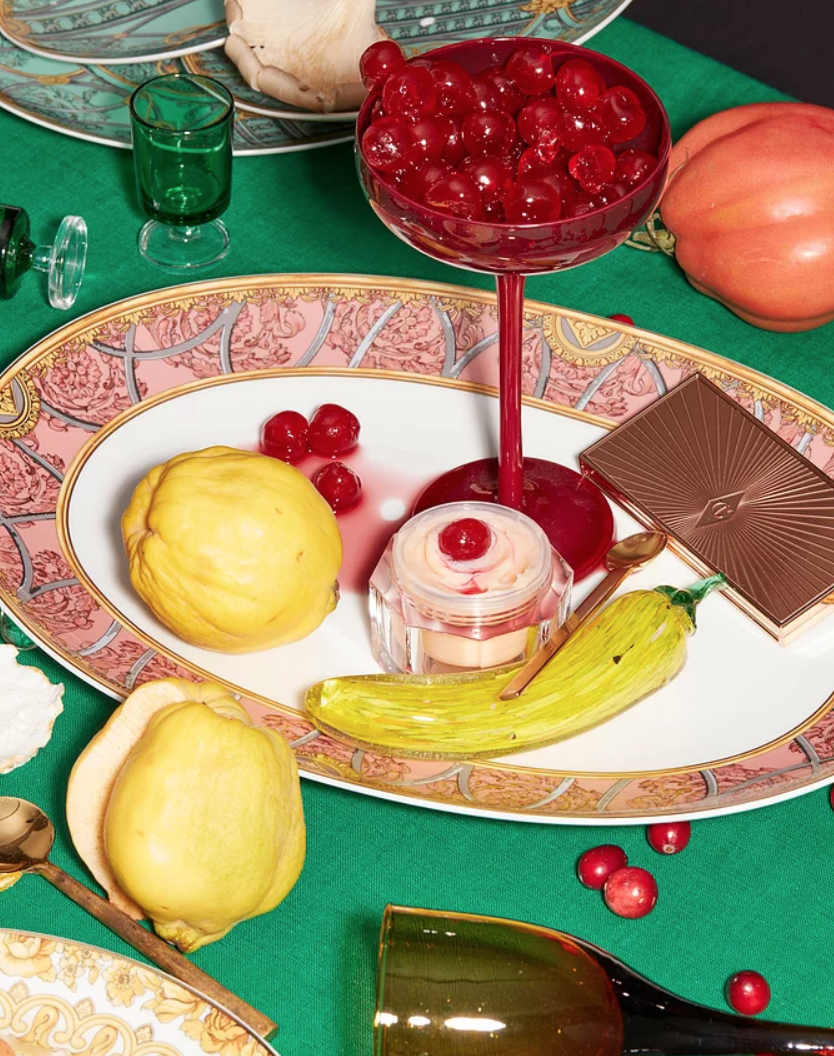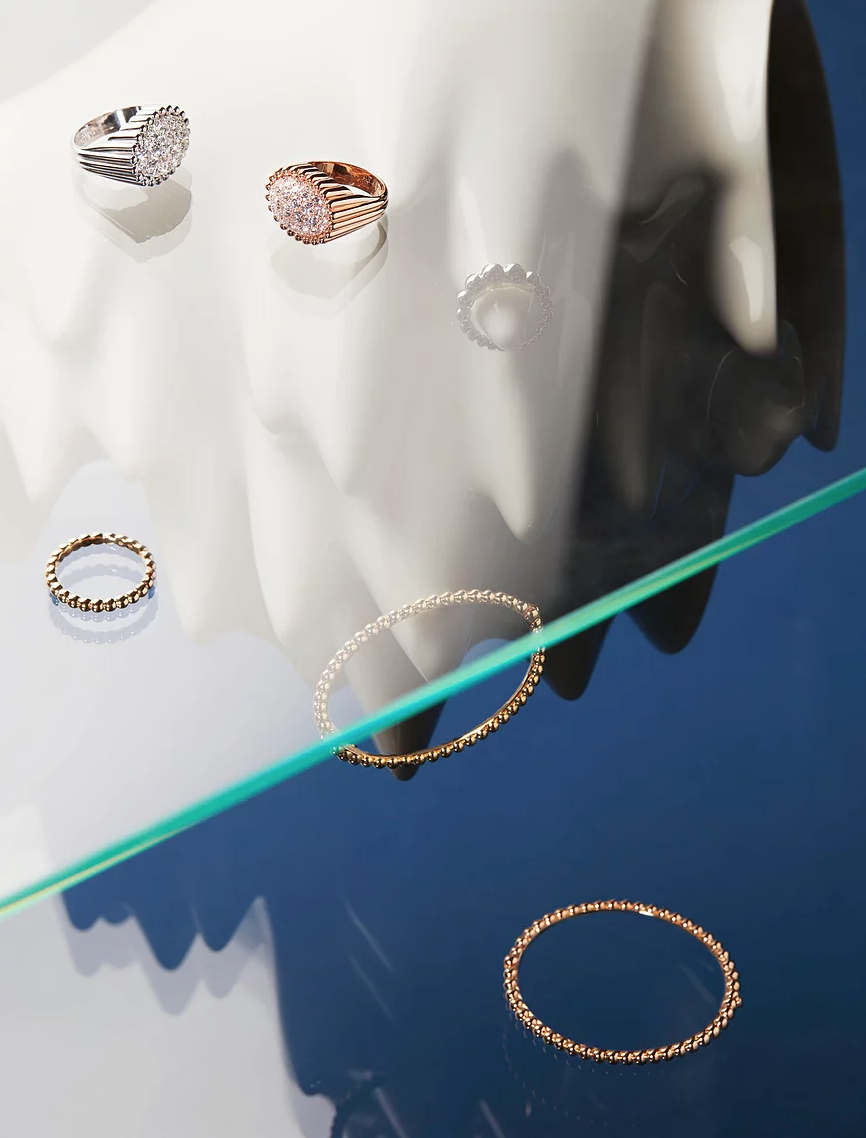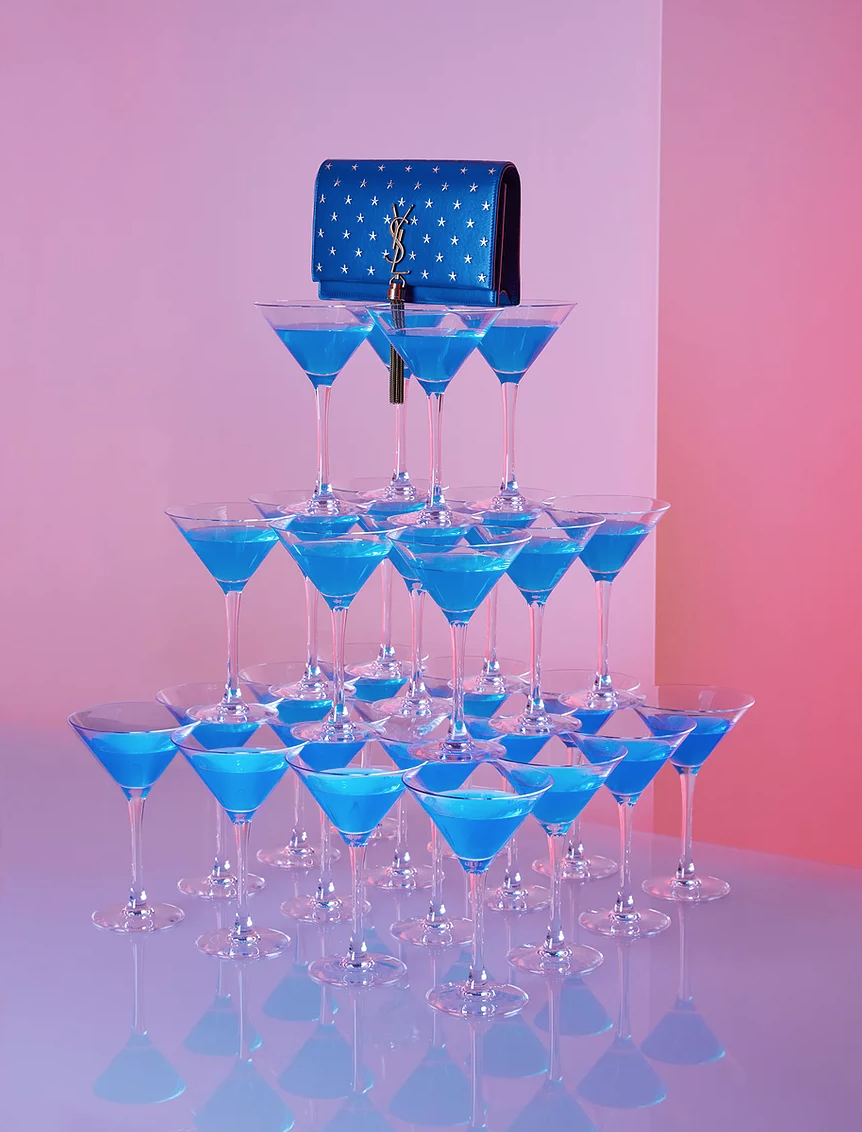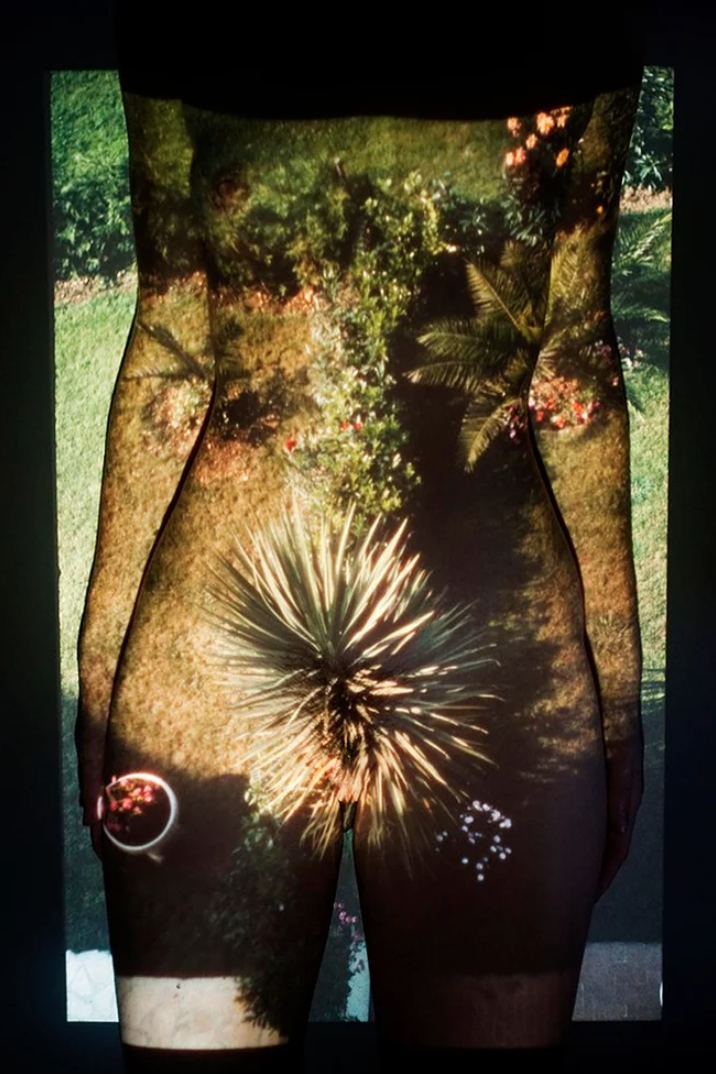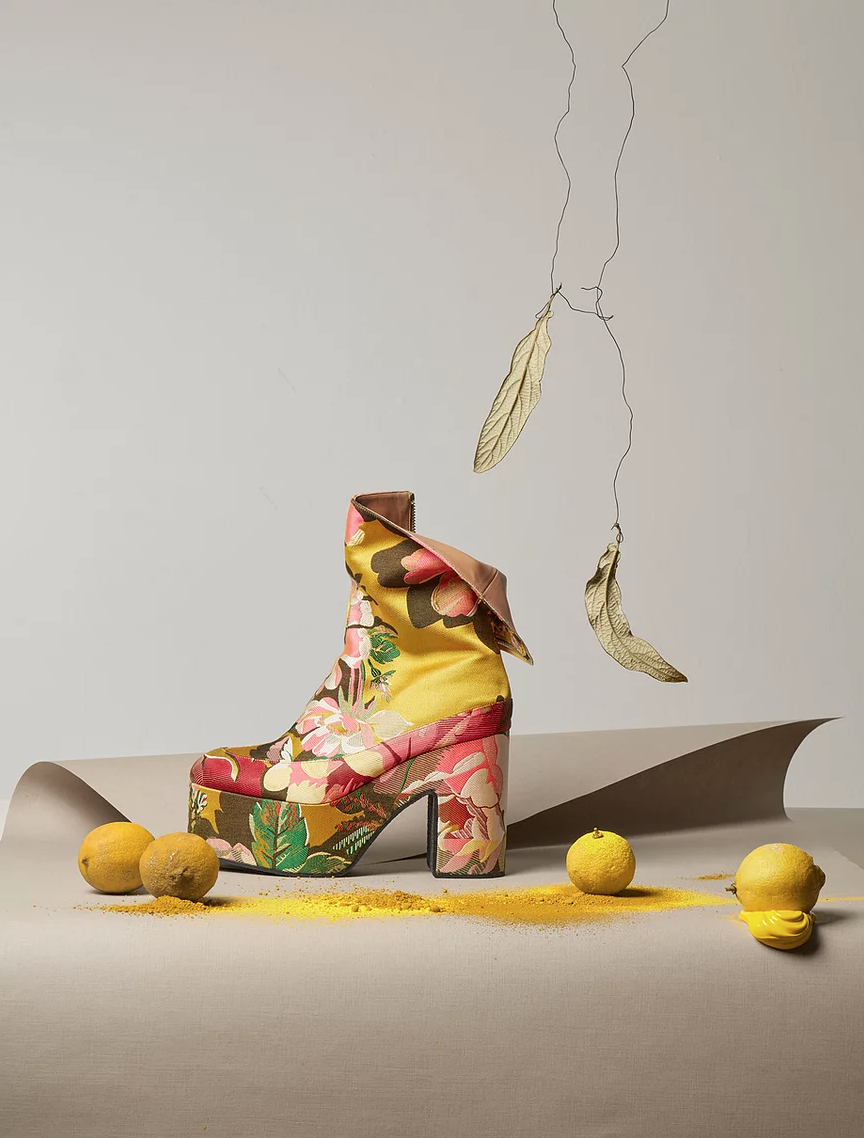Caroline Fayette
Caroline Fayette is a French artist living and working in Berlin. Her photography has a goal to transcribe the identity of the object she portrays. During her artistic process, she often experiments with new media, creating scenographic atmospheres.
Hi Caroline, before you have become the master of details you are today, what sort of photography were you into at the beginning of your career? Was there anyone you were trying to emulate at first?
If I look back at my early years, mainly the work produced during my photography studies, I had a more “arty” / documentary approach. I was very inspired by Raymond Depardon, Sophie Calle, Stephen Shore. In my early years, I was mixing portrait, landscape, still life.
For instance, I did 3 series that are still very dear to me:
Our private life: I found a box in the streets of Paris, left as rubbish, full of diapositives and some personal documents. I took the box with me and decided to work on what we consider as “privacy”. The result is a series of these diapositives projected onto my naked self and questioning whether the viewer sees my own privacy or the privacy of the other people to whom the memories on diapositives belong to.
Somewhere: Series of landscapes around the world which we navigate in a kind of haze, a dream. This series has been ongoing for several years. Certainly, this project is an attempt to find myself somewhere in these worlds.
What is left there?: This series is my graduation work and treats the subject of blindness. In it, I mix portraits and self-portraits as well as text. For a whole year, I went to meet blind people asking them to describe themselves, describe their blindness, and finally describe what they “see” of me.
In the end, I think that my photography very much evolved along with me. The more I understand myself, my place in the world, maybe even the more I focus on details, my art evolves more. Even though I mainly use still life to express myself, I always feel that the objects are just an extension of the human souls that created them or souls who owned them for a time. So, in a sense, I am using details to speak about the universal.
When creating a setting for a shoot, how do you know when it's perfect?
That's a tough question! I think I know when it's perfect when it has enough imperfections to reflect reality. I don't think I am a perfectionist at all. I am too much of an emotional being to be a perfectionist! To me, a picture is perfect when it naturally reflects the emotion that led us to create the scenery in the first place. If it doesn’t seem effortless and genuine it is not perfect.
Your artistic expression balances different aesthetic approaches such as a kind of a dreamy style, fashion, and the more conventional type of art you’d find in a gallery. What influenced the development of your unique style?
Honestly, I could say it comes from exhibitions, books, movies, music, magazines... all of that is for sure true but I think my biggest influences are the flea markets I have been going to since I learned how to walk. My parents took us every Sunday during the season when they were open. They still play a big part of my life. I love this very particular feeling you get at flea markets. You know, it's all these different objects you see and touch, these different people you get to talk to, the different stories you get to hear, and the different styles you get to experience. Flea markets are a space that encapsulates a multitude of other periods, spaces, and trends.
Maybe a good way to answer shortly would be to say that my biggest influence is the past!
You often play with light, both in photos and videos. In your works, we can see the lights of nightclubs, cities, and theaters. What is the idea behind that artistic method?
Well, as a mainly still life photographer, my ways of bringing life into my scenes and speaking about emotions are definitely reduced, compared to any photograph involving human beings. Light and props are my only ways through. I mostly imagine my series as short movies and define my characters every time – who they are, how they evolve, when is the action taking place.
I think the lights you see in my photographs, now that you have listed them and made me realize how “obvious” it is, I can definitely say that these are places I do go a lot myself. I take inspiration in the places I live. Not to forget that photography literally means “writing with light”.
You grew up in Paris, but you have been working in Berlin for some time. How has the change of city affected you as an author?
I studied photography in Paris for 4 years and moved to Berlin a year after my graduation. I was so bored; everything was so expensive, and my best friend was already there. We had many projects that we wanted to do together, and nothing was keeping me in Paris, so I decided to join her in Berlin. Being in Berlin was definitely an artistic liberation. Within a year we had the opportunity to get our own studio that I still run more than 7 years later. In Berlin, we explored video mapping and I kept building my portfolio. I finally had the space and time to focus on myself and define what I wanted to do. Berlin definitely offered me the time, space, and intimacy I needed to explore my practice. Financially, however, Paris is ahead of Berlin and offers more possibilities. So, 2,5 years ago with a more serious portfolio and a clear vision of where I wanted to be with my photography, I found my first manager, Marlowe, and since May 2020 I am also represented by a German agency Collective Interest.
As an author, I would say that Berlin is great for the creative process and Paris for the financial aspect of it.


